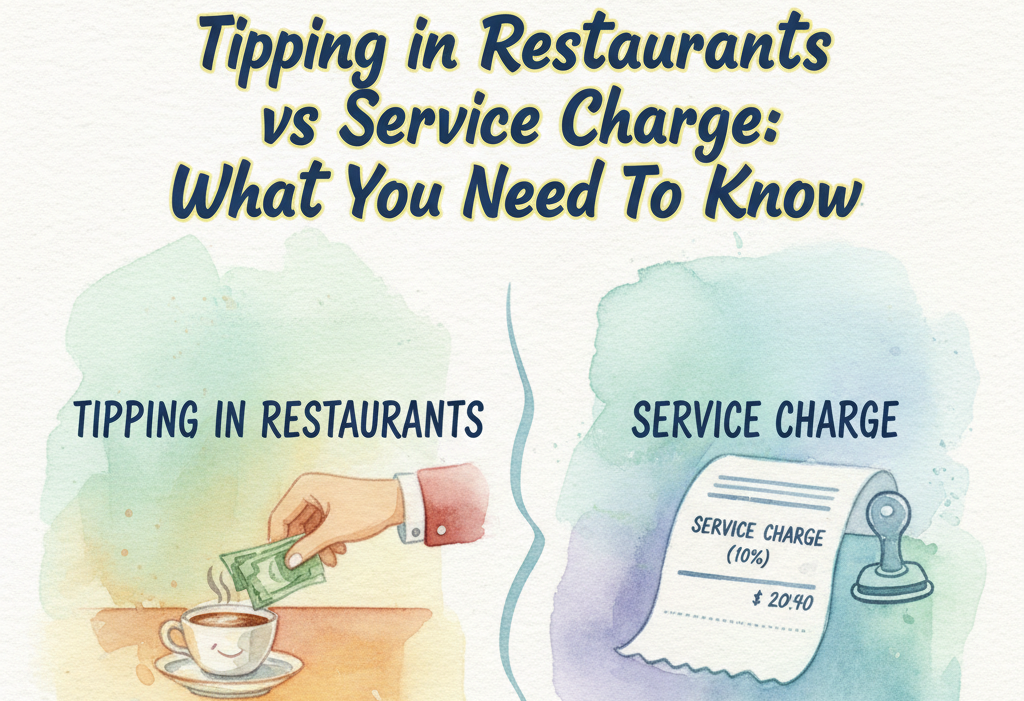Have you ever wondered how to increase customer loyalty in your restaurant? Then there is one powerful tool that has proven to be effective in achieving this goal and it is the implementation of restaurant loyalty programs. In this comprehensive guide, we will delve into the intricacies of loyalty programs, elucidating their significance and elucidating how they can be a game-changer for your restaurant. From understanding the fundamentals to exploring real-life restaurant loyalty program ideas and practical tips, this article aims to equip you with the knowledge needed to implement a successful loyalty program tailored to your restaurant.
What is a restaurant loyalty program?
In the competitive world of dining, a loyalty program can be a game-changer for your business. It’s essentially a well-thought-out marketing strategy crafted to reward your customers for choosing your establishment repeatedly. The idea is simple but powerful – by offering incentives and benefits, you encourage customers to keep coming back. This could involve earning points or receiving discounts for every purchase, with these points unlocking enticing rewards like complimentary meals, exclusive event access, or personalized offers.
Importance and Usefulness of Loyalty Programs
Understanding why loyalty programs matter is key to appreciating their impact on your bottom line.
Increased Customer Retention: Loyalty programs create a sense of attachment, making customers more likely to return. This directly impacts your customer retention rates, a vital metric in the restaurant industry.
Increased Customer Spending: Imagine customers striving to earn rewards and unlock higher-tier benefits. This pursuit often translates into increased spending, directly contributing to your restaurant’s revenue.
Positive Word-of-Mouth: Satisfied customers become your most effective marketing tool. As they enjoy the benefits of your loyalty program, they naturally become advocates, spreading positive word-of-mouth and attracting new customers.
Data Collection and Customer Insights: Loyalty programs are not just about rewards; they’re valuable tools for collecting data on customer preferences. This data is a goldmine for tailoring your offerings and marketing strategies.
Competitive Advantage: In a crowded market, a well-executed loyalty program sets you apart. It’s that extra touch that attracts customers looking for added benefits beyond just a meal.
Different Types of Loyalty Programs
Choosing the right type of loyalty program is crucial. Here are the options:
Points-based Programs: Customers earn points for each purchase, motivating them to accumulate points for exciting rewards. It’s a straightforward approach that customers often appreciate.
Tiered Programs: This divides customers into different tiers based on spending. Each tier offers progressively better benefits, giving customers an incentive to aim for the next level.
Paid Membership Programs: Customers pay to join a premium loyalty program, gaining exclusive benefits. This not only generates extra revenue but also attracts customers seeking a more exclusive experience.
Hybrid Programs: Get creative by combining elements from different types. It allows you to offer a unique, multifaceted experience.
Examples of Successful Restaurant Loyalty Programs
Learning from successful examples can provide insights for your program:
Starbucks Rewards: They use a tiered system where customers earn stars for each purchase. These stars can be redeemed for free drinks, food items, and exclusive perks. It’s a simple yet effective model.
Chipotle Rewards: Chipotle’s points-based system allows customers to earn and redeem points for free meals, advance ordering, and exclusive offers. This creates a sense of exclusivity and keeps customers engaged.
Domino’s Pizza Piece of the Pie Rewards: Domino’s keeps it simple with a points-based system for online orders, with a free pizza as the ultimate reward. It aligns with customer preferences and encourages repeat orders.
Tips for Implementing a Successful Restaurant Loyalty Program
When implementing your loyalty program, keep these practical tips in mind:
Clearly Define Objectives: Before you start, define your goals. Whether it’s boosting retention or gathering customer data, having clear objectives guides the entire process.
Simplicity is Key: Make sure your program is easy for customers to understand. Complicated programs can discourage participation, so keep it simple.
Leverage Technology: Embrace technology for efficient tracking and management. A seamless system not only streamlines the program but also provides valuable data for future enhancements.
Effective Communication: Regularly update your customers on program changes, new offers, and their current status. Keeping them informed and engaged fosters a positive relationship.
Personalization: Use customer data to personalize the loyalty program experience. Tailoring rewards based on individual preferences enhances the overall customer experience.
Continuous Evaluation: Regularly assess your program’s effectiveness. Gather feedback, analyze data, and be willing to make adjustments. A loyalty program is a dynamic tool that should evolve with your customers’ changing expectations.
Implementing a loyalty program is not just a trend; it’s a strategic move that can significantly impact your business. By fostering loyalty, increasing retention rates, and setting your restaurant apart from competitors, you pave the way for sustained growth. This guide equips you with the knowledge needed to design and implement an effective loyalty program tailored to your restaurant’s unique needs. Seize this opportunity, and watch your customer relationships strengthen revenue increase, and your business thrive. Take the next steps today, and start reaping the rewards of a successful loyalty program. Your customers will appreciate the benefits, and your restaurant will flourish in the process.



